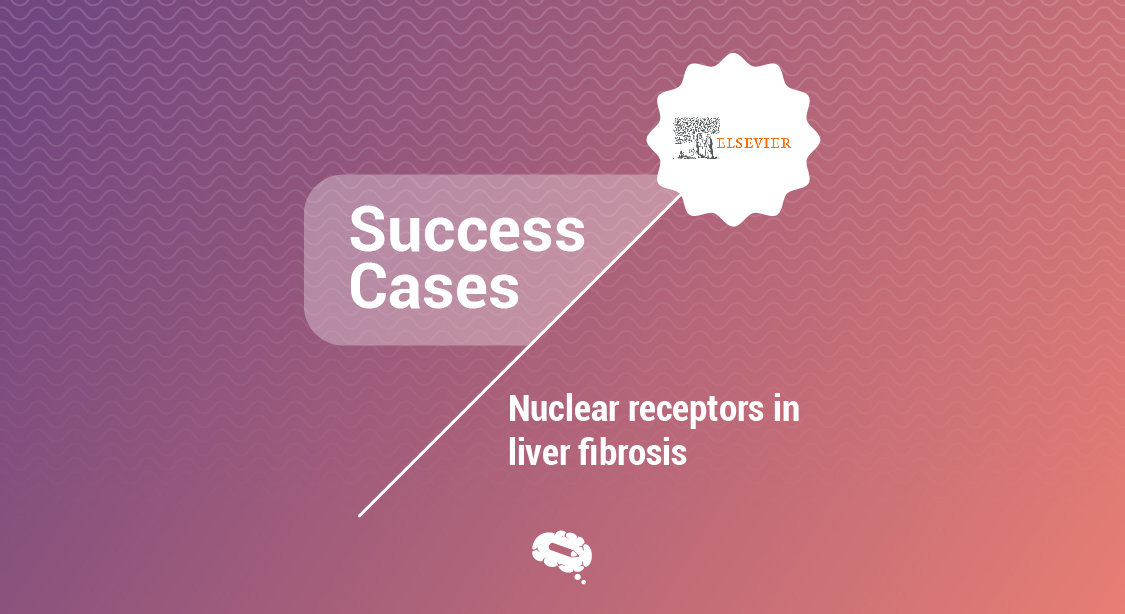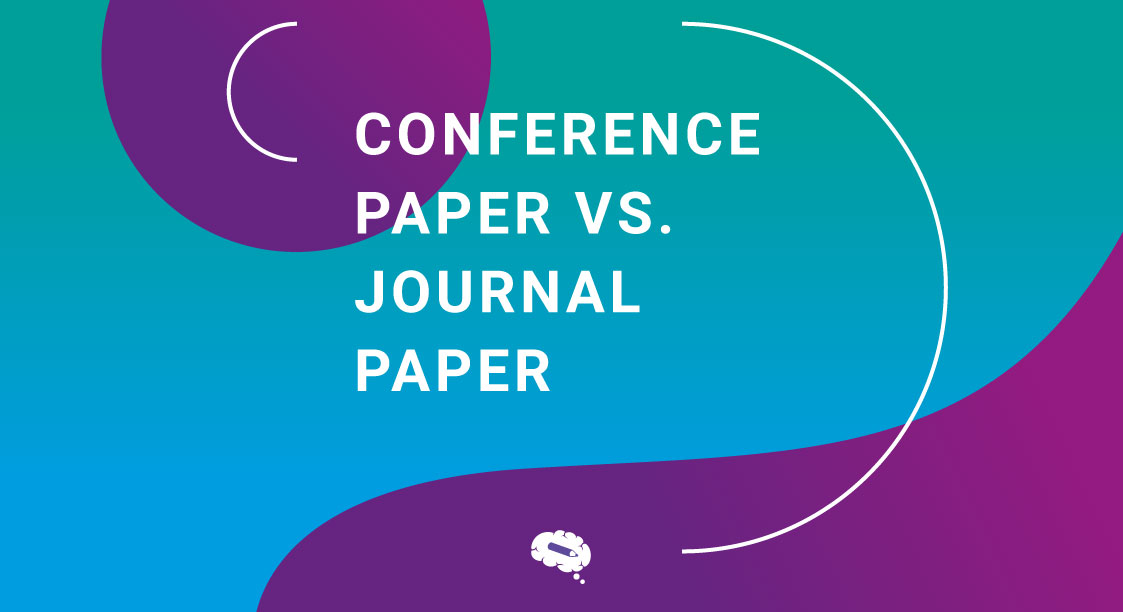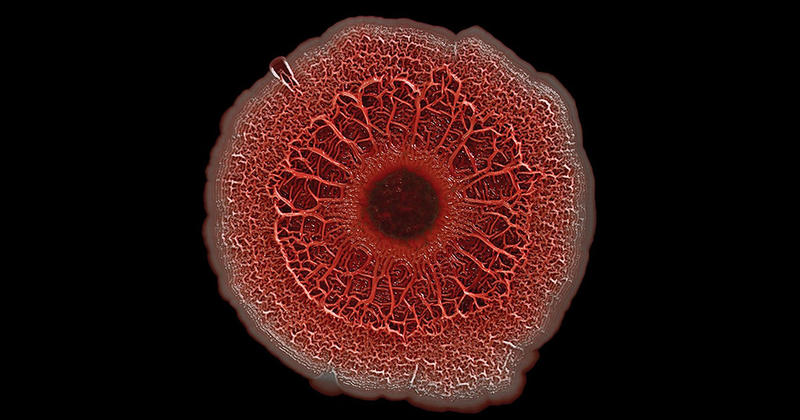In this case, the author used Mind the Graph to compile figures from different sources in just one place. Aside from the best science accurate illustrations, our workspace has a friendly interface and is very easy to use.
Check the complete original article.
Role of nuclear receptors in liver fibrosis
Philipp Königshofer et al. (2021) report that nuclear receptors are ligand-activated transcription factors that regulate gene expression of a variety of key molecular signals involved in liver fibrosis.
The primary cellular driver of liver fibrogenesis is activated hepatic stellate cells. Different nuclear receptors regulate the hepatic expression of pro-inflammatory and pro-fibrogenic cytokines.
Graphical Abstracts powered by Mind the Graph in this Article
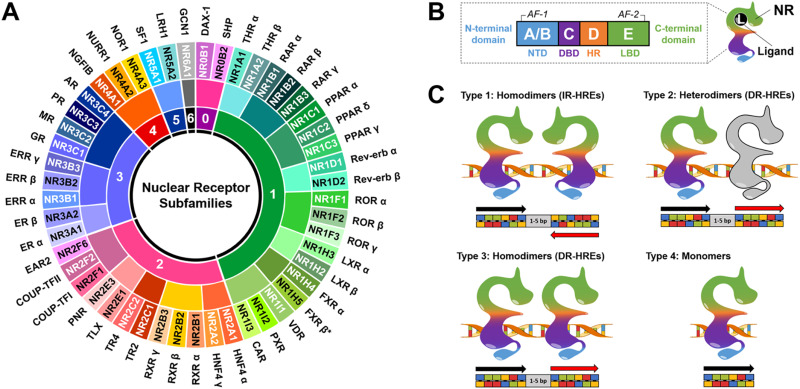
This first figure is an overview and classification of nuclear receptors by subfamilies.
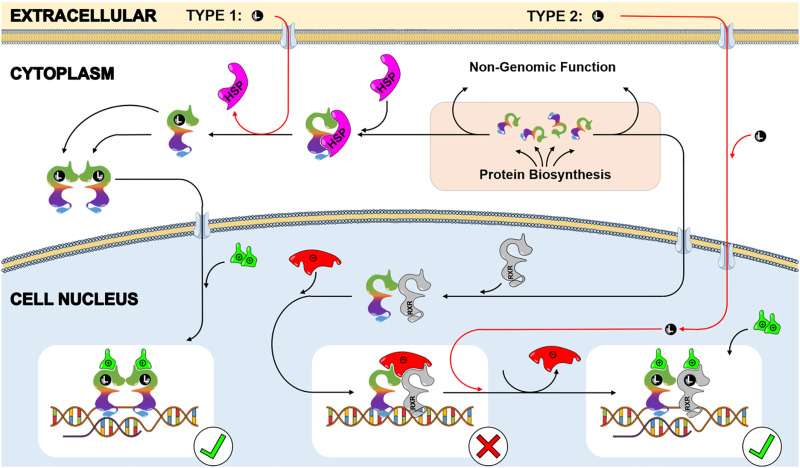
Above we can see the different types of nuclear receptor effector functions.

In the third figure, we can check an overview of the reported effects of NR modulations as potential therapeutic approaches against liver diseases.
Arrows indicate the presumed beneficial effects in liver disease by up- (dark green) or down- (light green) regulation of specific mechanisms that were reported to support liver fibrosis regression or to reduce liver fibrosis.
Orange arrows indicate effects and mechanisms of NR modulation that are either controversial or yet insufficiently assessed.
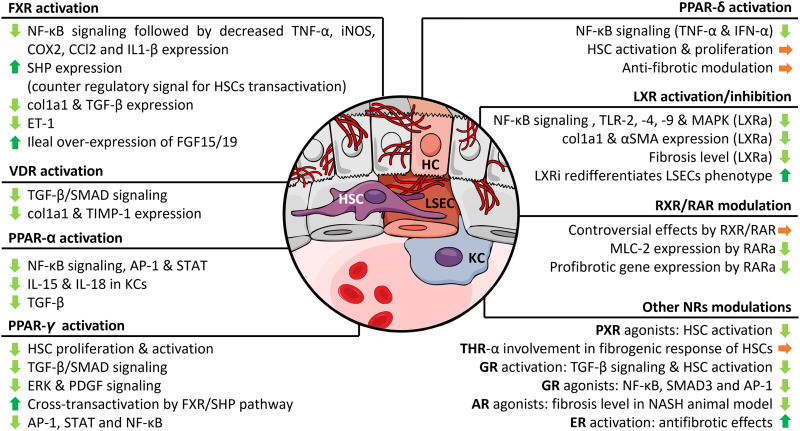
The last figure represents the molecular effects of NR modulators as a potential treatment for liver fibrosis that are predominantly reported to occur within HSCs.
Königshofer and colleagues propose that further research on nuclear receptors-related signaling may lead to the clinical development of effective anti-fibrotic therapies for patients with liver disease.
Papers Impact and Performance
Selecting a 1-year option comparison of metrics against other articles/reviews that were also published in the same calendar year in that Journal we can notice that this article was more cited than 57% of them.

Use the power of infographics to boost your article as well. Try Mind the Graph!

Subscribe to our newsletter
Exclusive high quality content about effective visual
communication in science.

